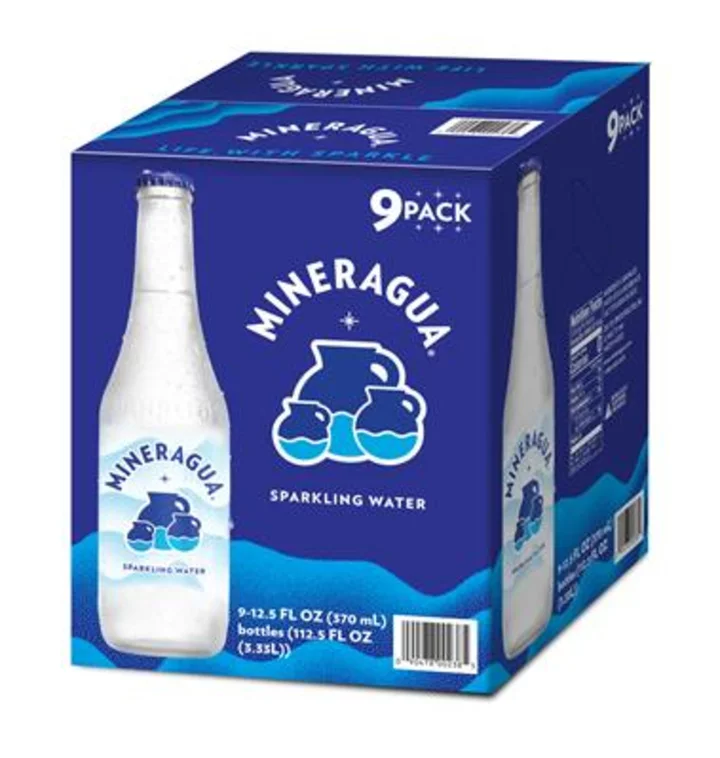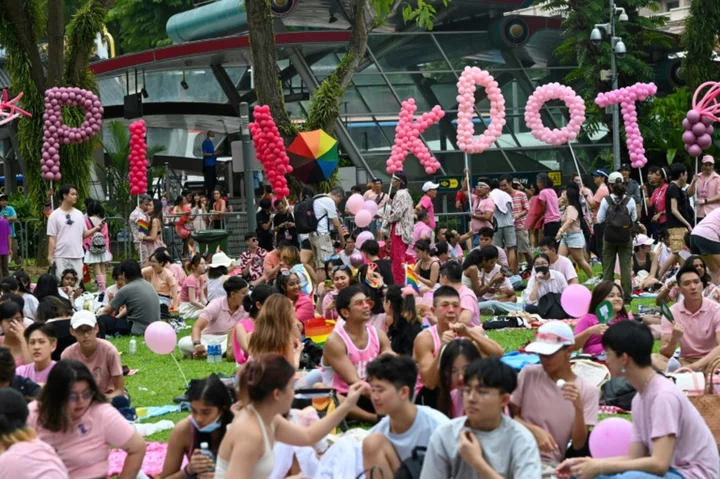The long lines of customers outside Chanel and Louis Vuitton stores on Hong Kong’s Canton Road are finally back, and the city’s biggest mall operator is trying to get them to spend like before.
After the border with mainland China reopened four months ago, the city is seeing a return of tourists, much to the relief of retailers and their landlords. But the legacy of years-long Covid controls, the prevalence of e-commerce and competition from other Chinese locations like Shanghai and Hainan are threatening Hong Kong’s retail property owners and their tenants.
No other mall symbolizes Hong Kong’s appeal as a shopping paradise more than Harbour City, the largest in the metropolis. The sprawling complex facing Victoria Harbour has long established itself as the go-to destination for Chinese tourists ready to buy Hermes bags and Rolex watches.
Since the border reopened, Harbour City has seen sales and foot traffic return to more than 70% of their peaks in 2019, according to Yen Thean Leng, executive director at Wharf Real Estate Investment Co., which owns the property. She expects more to come.
Potential sales are being hindered by the city’s limited flight capacity and lingering product supply issues for brands, which will be resolved, according to Leng. “That’s why we feel that this is still not the peak,” she said in an interview. “We believe that there’s still a window for more growth.”
Wharf will need to work a lot harder on Harbour City’s proposition compared with the old days when mainlanders splurged on visits.
While Hong Kong’s retail sales recovered to reach 2019’s levels in April, the number was 4% lower than in January, the month before the border with mainland China reopened. That suggests the influence of Chinese shoppers on Hong Kong’s retail market was not as great as previously hoped. Visitor numbers from mainland China were just 54% of 2019 levels in April, according to the Hong Kong Tourism Board.
There are also growing signs that people are doing more of their shopping on the mainland. A recent study found that 62% of luxury spending by Chinese consumers took place within its borders in April, compared with 41% in the same month in 2019.
That’s why the ability to procure exclusive items is becoming more important. A key remit for Leng is strengthening relationships with the brands that are popular with shoppers, not just from the mainland but Hong Kong as well.
“Local customers are just as important,” said Cynthia Ng, head of retail services at property agency Colliers International Group Inc. Brands that have expanded faster than others recently are those that are popular among locals such as Chanel, she added.
China’s weakening economy has prompted mainlanders to become more cautious about spending.
Mainlanders “are more price sensitive now,” said Diana Hui, managing director at Parfums Christian Dior Hong Kong Ltd., Dior’s local perfume and cosmetics arm. “You can check the price online to find promotions. So they would tend to shop around before they make a decision.”
All this means landlords like Harbour City need to do much more than offer space. The mall, with an area of 2.1 million square feet (195,000 square meters), has meticulously curated the line of luxury shops facing Canton Road. The 530-meter “high fashion frontage” features all the big names including Hermes, Dior, Chanel, Louis Vuitton and Prada. The flagship stores offer exclusive or limited products, giving shoppers a reason to visit that particular location.
Moody’s Investors Service expects annual retail rental income for Harbour City to grow as much as 15% in 2023 and 2024. That would be a welcome turnaround for Wharf, whose revenue slumped 22% last year when tourists were absent.
Leng isn’t complacent. “If you’re not doing something, you can’t really survive with just providing the space.”









